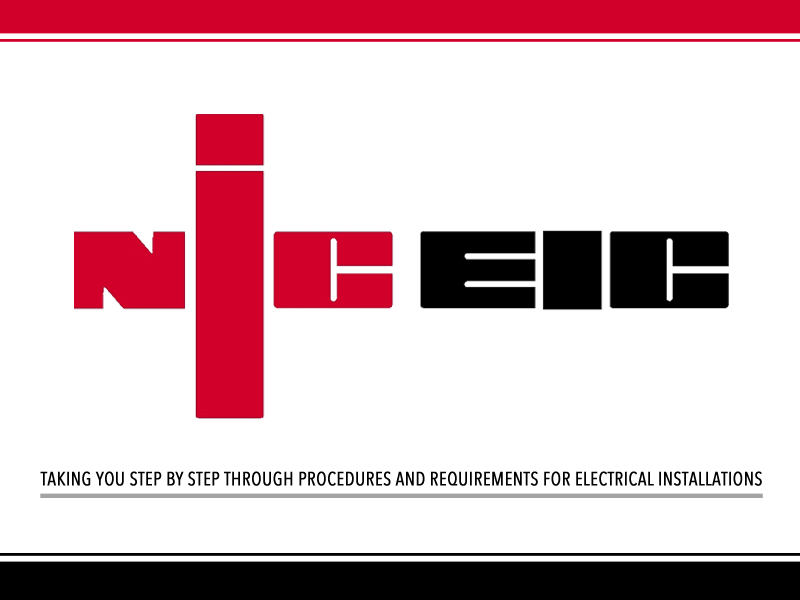
In this article the team at Rointe look at the rise in popularity of conservatories and why the need to heat this space during the colder months offers a unique opportunity for installers.
Conservatories originated in the 16th century when wealthy landowners sought to cultivate citrus fruits that began to appear on their dinner tables, brought by traders from warmer regions of the Mediterranean. Urban conservatories then became popular in the early 19th century for social uses such as parties and sunrooms.
After undergoing several years of decline, the UK conservatory market began to recover from 2010 and by the end of 2014 experts estimated this market was now worth around £620m. According to national statistics, over 200,000 households in the UK apply for conservatory planning and home extension permission yearly.
A conservatory can be a great sun trap in the summer months as over 50% of the structure will be glass. However, what about the cooler months over the autumn and winter?
Why heat a conservatory?
There are many reasons why you would want to heat a conservatory – it may be used as a breakfast room in the mornings or as a sitting room all year round. If your customer intends to use their conservatory throughout the winter then it makes sense to install an efficient heating solution that can be managed easily.
What are the options?
Conservatories come with unique heating requirements and, as a result, heating this space during the winter can be challenging. Central heating, for example, may not be the best option as it might not meet the requirements of the UK Part L building regulations in regards to heat loss.
Because of a conservatory’s glass structure, high ceilings and a bigger number of exterior walls, heat tends to escape quickly. In fact, experts estimate that heat escapes eight times faster through a conservatory’s double glazed windows than is lost through a standard cavity wall. This means that selecting an energy efficient heating solution for the conservatory is important, particularly when the temperature drops during the evening.
Central heating
If your customer’s home already has a central heating system, it is possible to link it up to their conservatory. All that they’ll require to get the most out of it is to install a thermostatically controlled radiator and this will ensure that the conservatory is controlled independently from the rest of the home. In the UK, however, you’ll have to ensure the heating system for both the main house and the conservatory adhere to the local building regulations.
The building regulations compliance is obviously an extra headache if you were you to install electric radiators for the conservatory. In addition, if the main house and the conservatory heating are not separated, they’ll have no control over the fluctuating temperatures between the conservatory and the main home. For example, the living room may be situated on the north facing side of the property and the conservatory on the south.
When the sun’s out the conservatory will get warmth from the sun and the central heating, pushing the temperature too high and increasing energy consumption and costs. However, the living room will be colder in the absence of the sun, so the homeowner will want to raise the temperature of the heating, which in turn will increase in the conservatory where it is ultimately not needed.
Underfloor heating
Generally associated with tiled or stone floors, underfloor heating can also be fitted in a carpeted conservatory where it can run on a pumped water system or a dry electric system. The downside of having an underfloor heating system is that, compared to most other methods, it could turn out to be more expensive to install. It can also mean digging up and installing pipes below the conservatory floor.
Air conditioning
This method comes with unique benefits: during the summer, the air-conditioning unit can be used to keep the conservatory cool, whilst during the cooler months the AC can be used to heat the place to a suitable temperature. The main drawback of this method is that for a place where peace and silence are greatly valued, it can be quite noisy, especially when running at full speed. It can also cost more to install compared to others methods described in this article. Whilst cooling provided by air conditioning is great, generally the heating side is not as efficient.
In addition, air conditioning not only creates unstable air turbulence but also lifts particles and dust in to the air, which could have negative effects on family members. AC leaves house occupants more vulnerable to pneumonia, fever and colds, as well as other airborne illnesses. Air conditioning is also known to increase the symptoms associated with arthritis.
Electric heating
In our opinion electric heating makes for a better solution as it is incredibly versatile and can be used for both air and water products. Moreover, with a whopping 64.7% of the energy used in EU households going towards heating, it is more important than ever to ensure the heating solution is energy efficient.
The latest developments in electric heating include effective and fast components, new innovative thermal elements and amazing, state-of-the-art programming.
Electric heating solutions are easier and cheaper to install than gas, which requires pipes and flues.
They also don’t require planning permissions, like central heating does, and there are no restrictions on layout or design. With almost all electric radiators (such as those on offer from Rointe) a template and installation kit is provided. Therefore, it’s a simple job to drill the template holes, screw the support in place and slide the radiator into position. Then all the user needs to do is plug into the electric socket, switch on and instant heat is generated.
Electric heaters are also generally considered safer than gas as they do not burn fuel to generate heat. This eliminates risks such as carbon monoxide emissions and explosions. In addition, there are no water-filled pipes, so there is less risk of damage to the property from leaking or burst pipework. It is also clean and respectful to the environment as it does not emit polluting gases or use heavy metals.
Electric heating is cheaper to install than gas, has no maintenance costs and lasts for up to 50% longer than the average gas boiler. It is also 100% efficient, meaning all the electricity you use and pay for converts into heat.
Rointe solutions
To meet yours and your customers’ needs, Rointe has a wide choice of electric heating solutions available, including the KYROS conservatory radiator.
This product is specifically designed for use under windows and low levels walls, including an optimised design for natural air convection. With superior energy-saving technology, easy to use visual menus and smart programming, the improved KYROS range makes life easier for both the installer and end user. Available in three sizes and a classic white finish, this electric radiator was created for conservatory use.
For more information about the range of heating solutions available from Rointe, including the KYROS conservatory radiator, visit: https://rointe.co.uk










